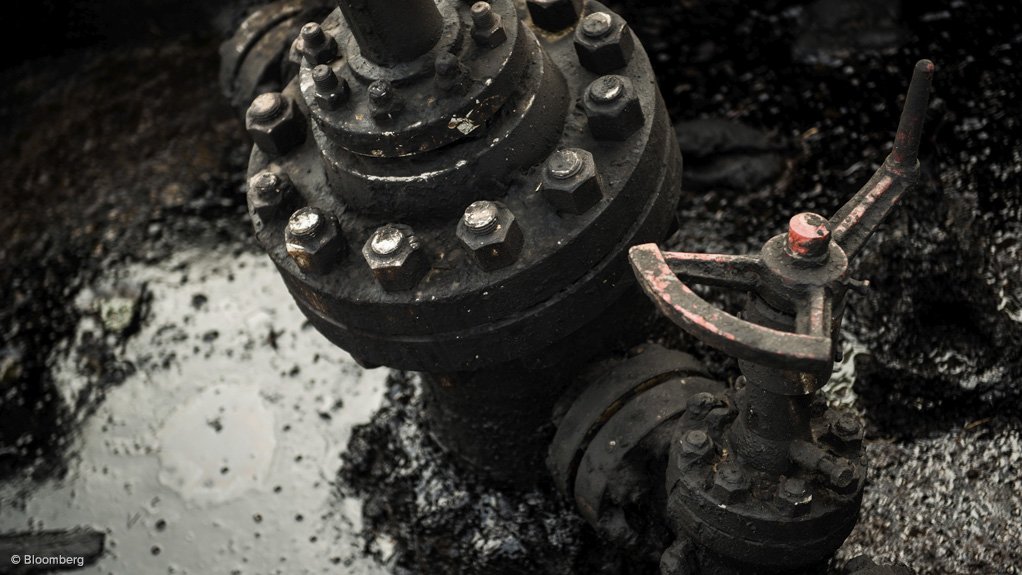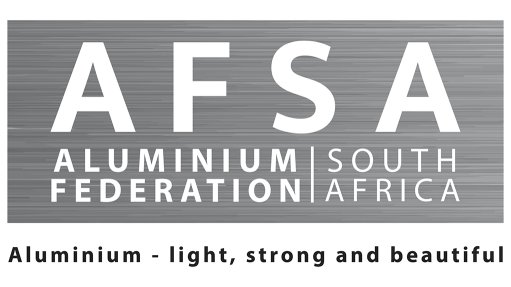Company offers process solutions for valve systems


VALVE SAFETY Several criteria are taken into consideration when choosing the best valve technology for a specific process
Photo by Bloomberg
It is often the tiny inconspicuous details that determine human and environmental safety as well as the operating costs incurred and the process yield, says global valves, automation components and piping products manufacturer Gemü, which is why it offers customised process solutions which join the valve with the actuator and sensor system as an integral unit.
According to the company, several criteria are taken into consideration when choosing the best valve technology for a specific process.
For example, when choosing the type of valve, Gemü distinguishes between rotary and quarter-turn valves. The difference is that quarter-turn valves can be opened and closed with a single 90º rotation, while rotary valves require several rotary movements to fully open or close them.
For instance, a fire extinguisher in a refinery or an airport, where it is critical that putting out a fire is achieved as quickly as possible, means quarter-turn valves, such as butterfly or ball valves, are most likely to be used, owing to the single 90º rotation, they open fully in the shortest time possible. Even in processes that require a high switching frequency, quarter-turn valves are an advantage.
Where solids, slurries or media containing solids in suspension are involved, mechanical wear, or abrasion, and deposits in the system are often a cause of failure.
A full-bore design and, where possible, no moving parts in the valve are important features when considering how best to deal with these types of operating conditions. Suitable valve types to be considered here include diaphragm valves (in the full-bore or step-valve design), knife gate valves and pinch valves.
Ball valves are also sometimes used in these applications, for example, when slurries need to be conveyed over long distances or at high pressure. Common areas of application for valves used with solids include handling cement, ashes and residues from incineration procedures, ores, coal dust and mineral products, such as lime or fertiliser.
However, despite all their features and advantages, with full-bore, the above valve types can quickly reach their limits. As soon as additional requirements, such as controllability, versatility in the choice of materials, installation size, space requirements and investment costs of the valve need to be considered, it is often necessary to compromise and use alternative technologies.
Diaphragm valves, ball valves and pinch valves are now rarely used above a nominal size of diameter nominal (DN) 300, either because they are no longer available, or because they are very bulky and expensive. Only knife gate valves can still keep up, owing to their narrow installation width.
Butterfly Valves
Compared with other valve technologies, butterfly valves have key characteristics. Out of all the valve types, they have the greatest versatility when it comes to adapting the valve to the operating conditions, including materials, connections, operator types and control characteristics. Another feature is the two-way flow direction of the medium through the obturator.
Owing to its short construction and the shut-off principle, butterfly valves are a cost-effective and an adaptable solution. Advantages, such as the small and light design, make it easier to install and service, particularly if large nominal sizes are required.
Many of the valve types previously mentioned cover the nominal size range of DN 15 to DN 300. In comparison, the largest butterfly valves being made today have already reached a nominal size of DN 4000. Depending on the operating conditions required, either the concentric or eccentric butterfly valves can be used.
The sealing principle of concentric butterfly valves is based on the penetration of the disc in a liner that is manufactured from elastomer that has been adapted to the relevant conditions. The most frequently used elastomers are ethylene propylene diene monomer, nitrile butadiene rubber and fluorinated propylene monomer.
Various other elastomeric materials are also used, whereby the most suitable material is chosen based on the conditions of use. The elastomer liner, or seat, is the heart of a concentric butterfly valve. Properties, such as internal and external tightness, the force required for opening and closing, or torque, the service life of the butterfly valve and costs primarily depend on the physical-chemical properties of the elastomer and on the geometry of the seat.
The secure anchoring of the elastomer liner in the valve body is also a decisive factor in determining whether it is a high-quality butterfly valve as opposed to a cost-effective valve, which, in turn, has a direct influence on the service life of the valve.
The nature of the sealing surface of the disc, the design of the pin ends and the way in which the disc geometry matches the liner mould are further criteria which determine the torque and tightness of a butterfly valve.
To address the specific conditions, such as system pressure – particularly where work is carried out in a vacuum and a high switching frequency at increased temperatures is also required – it is beneficial to adhere the liner to the body or fix it to the body using vulcanisation.
Soft-sealing butterfly valves are used at an operating pressure of up to 25 bar and media temperatures up to 140 ºC. This is very much dependent on the elastomer material, medium, system pressure, size of the butterfly valve and switching frequency.
Where there are additional requirements, such as high corrosion resistance, as is often required in the chemical industry, or applications where the elastomeric materials can no longer withstand the current conditions, a combination of the soft-sealing principle, coupled with the use of polytetrafluoroethylene (PTFE) or copolymers of PTFE (for example paraformaldehyde and TFM, a modified form of PTFE) is avoided.
In terms of corrosion resistance, PTFE and perfluoralkoxy have practically no limitations. A prime example of this is the extraction of chlorine in electrolytic procedures.
In cases such as these, where the requirements relating to corrosion are so high and safety is exceptionally important, PTFE butterfly valves with a titan disc are used. The temperature stability is also far higher than on conventional soft-sealing butterfly valves.
Article Enquiry
Email Article
Save Article
Feedback
To advertise email advertising@creamermedia.co.za or click here
Comments
Press Office
Announcements
What's On
Subscribe to improve your user experience...
Option 1 (equivalent of R125 a month):
Receive a weekly copy of Creamer Media's Engineering News & Mining Weekly magazine
(print copy for those in South Africa and e-magazine for those outside of South Africa)
Receive daily email newsletters
Access to full search results
Access archive of magazine back copies
Access to Projects in Progress
Access to ONE Research Report of your choice in PDF format
Option 2 (equivalent of R375 a month):
All benefits from Option 1
PLUS
Access to Creamer Media's Research Channel Africa for ALL Research Reports, in PDF format, on various industrial and mining sectors
including Electricity; Water; Energy Transition; Hydrogen; Roads, Rail and Ports; Coal; Gold; Platinum; Battery Metals; etc.
Already a subscriber?
Forgotten your password?
Receive weekly copy of Creamer Media's Engineering News & Mining Weekly magazine (print copy for those in South Africa and e-magazine for those outside of South Africa)
➕
Recieve daily email newsletters
➕
Access to full search results
➕
Access archive of magazine back copies
➕
Access to Projects in Progress
➕
Access to ONE Research Report of your choice in PDF format
RESEARCH CHANNEL AFRICA
R4500 (equivalent of R375 a month)
SUBSCRIBEAll benefits from Option 1
➕
Access to Creamer Media's Research Channel Africa for ALL Research Reports on various industrial and mining sectors, in PDF format, including on:
Electricity
➕
Water
➕
Energy Transition
➕
Hydrogen
➕
Roads, Rail and Ports
➕
Coal
➕
Gold
➕
Platinum
➕
Battery Metals
➕
etc.
Receive all benefits from Option 1 or Option 2 delivered to numerous people at your company
➕
Multiple User names and Passwords for simultaneous log-ins
➕
Intranet integration access to all in your organisation



















